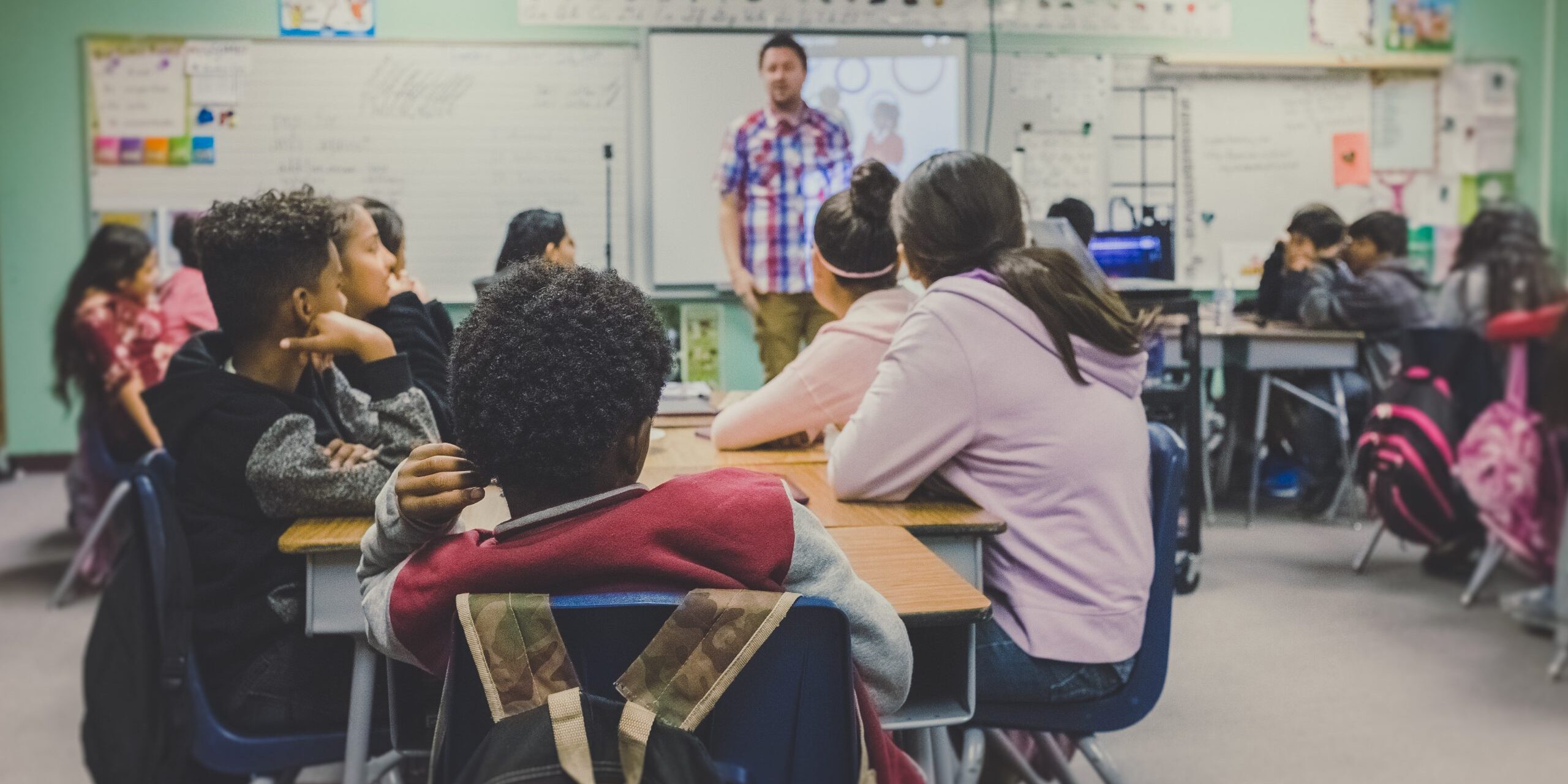Since early in the COVID-19 pandemic, child advocates have warned that the isolation, economic impact, and other consequences of lockdowns could hit vulnerable children especially hard. Studies on what has actually played out over the past year are only beginning to come in, but the data thus far appear to confirm that concerns for children were indeed warranted.
A new Associated Press report spotlights this reality vividly, “Pandemic masks ongoing child abuse crisis as cases plummet.” The article reveals that both reports and investigations of child abuse fell by 18% nationwide during the pandemic. That means that roughly one in every five cases that would have been investigated by child protective services in a typical year remained invisible last year.
No one imagines that actual incidents of abuse decreased amidst the isolation and pressure of lockdowns. Most assume the opposite was true. So it appears almost certain that an immense number of children have endured serious neglect and abuse without any awareness of the systems designed to protect them.
Tragically, the AP article also reveals what these numbers mean in human terms. It recounts the heartbreaking story of a girl named Ava Lerario, whose volatile home situation slipped by the local child protection system until it was too late.
The closing of public schools played a key part in weakening the safety net for children. Last summer, an article in the Washington Examiner – “Invisible Children” – anticipated this effect. I shared with the article’s author:
While reporting abuse and neglect is obviously not the primary job of teachers, it is an important one. Jedd Medefind, the President of the Christian Alliance for Orphans (an umbrella organization for foster care and adoption nonprofit organizations), noted that “schools provide much more than education, particularly for the most vulnerable kids.” In addition to “a wide range of support services,” Medefind said schools provide “critical relationships and social networks.” He called this a “caring watchfulness” that is “either diminished or entirely missing when at-risk youth aren’t able to attend school.” Even if they are not being neglected or abused, Medefind said that “kids with thinner social networks and frayed family ties are at higher risk of isolation and loneliness.”
The AP report confirmed this prediction, finding that reports of child abuse from schools alone fell by 59% during the pandemic.
That’s not to second guess the closing of schools early in the pandemic. Despite all the ways politics may have impacted COVID-19 responses, I believe most leaders were doing the very best they could with the information available to them at the time.
What I believe was incorrect, however, was assuming that COVID-19 response policy decisions were about choosing between “health or the economy.” That framing was mistaken. The most important COVID-19 policy trade-offs weren’t between health on one side and economics on the other. Rather, the biggest COVID-19 policy decisions were about trade-offs between one form of health – specifically, avoiding the impact of a particular virus – and many other forms of health.
One of those “other forms of health” lost in the exchange was the protection at-risk children who had been – or, like Ava Lerario, should have been – kept from harm by the child welfare system. Of course, many other aspects of health were lost as well: the well-being that comes when we gather with friends and family… the dignity of work and providing for one’s family… the education of children… opportunities to exercise in gyms and parks… and more. Add to this the massive expenditure of public funds to soften the impact of lockdowns that might otherwise have been used for other health-enhancing investments, from curing cancer or heart disease to boosting prevention. We’ll likely never fully comprehend the cumulative impact of these losses. But we catch glimpses of it in everything from the ways social distancing impacts health and longevity to the dramatic upswing in anxiety and depression over the past year.
Public policy decisions are always trade-offs. Perhaps understandably, we failed to see the full extent of the trade-offs we made in the battle against COVID-19. We also missed how some of these trade-offs fell hardest on those who could least absorb them.
The simple truth is that in virtually any crisis, vulnerable children are most always among the hardest hit. That’s proven true again today, even amidst a virus that carried virtually zero statistical likelihood of harming children directly.
[pullquote]In any crisis, vulnerable children are most always among the hardest hit.[/pullquote]
We must keep this reality front of mind as we rebuild from COVID-19… and in future crises as well. Children who lack the protection and care of a safe family will always be the most vulnerable among us. They rarely can give full expression to their needs without help. It’s up to us to do that for them.

